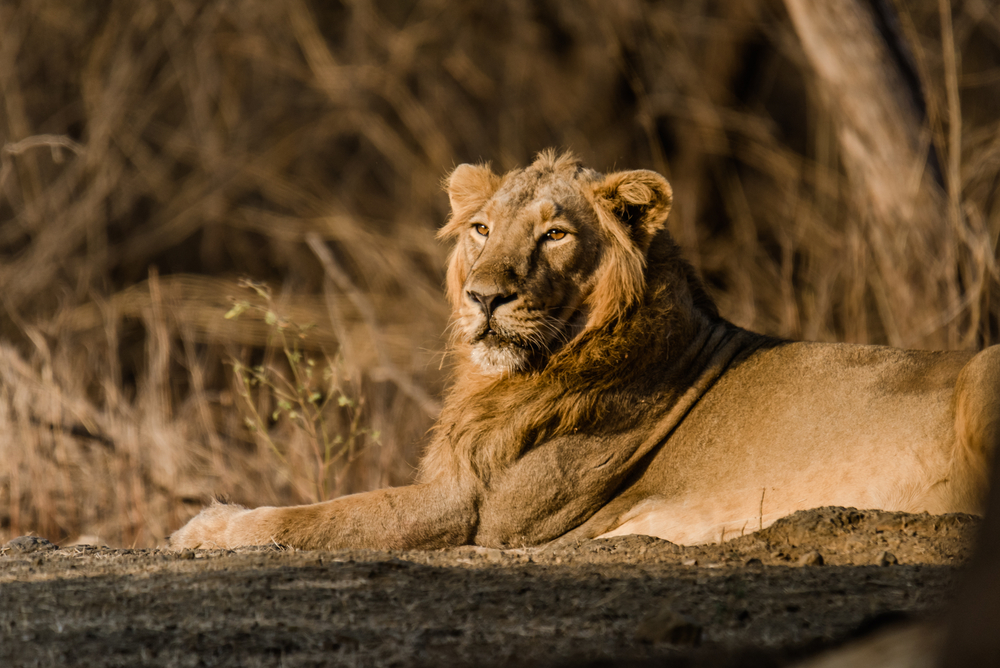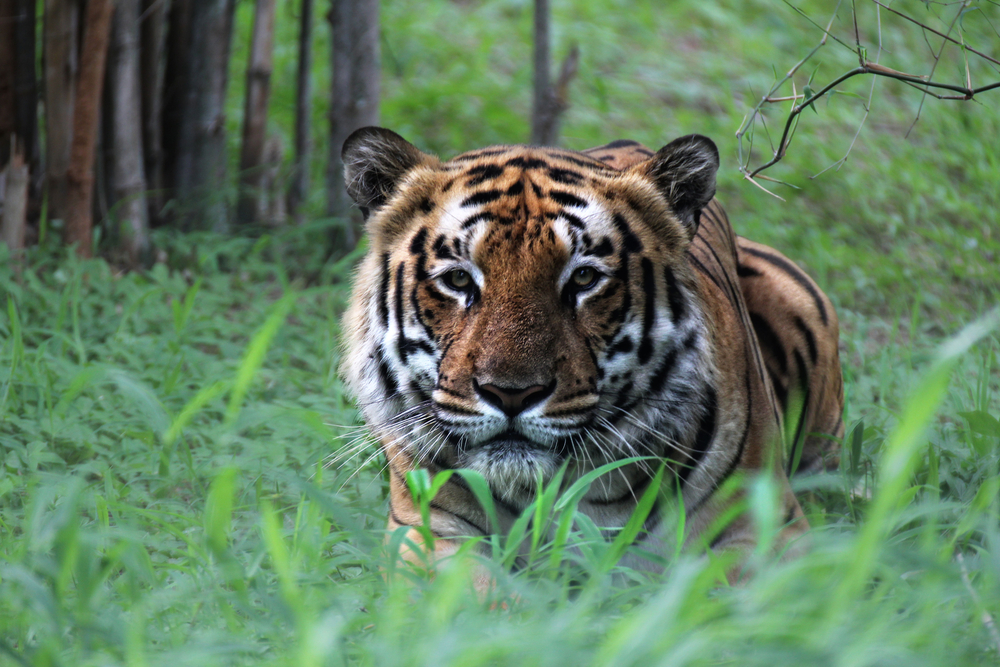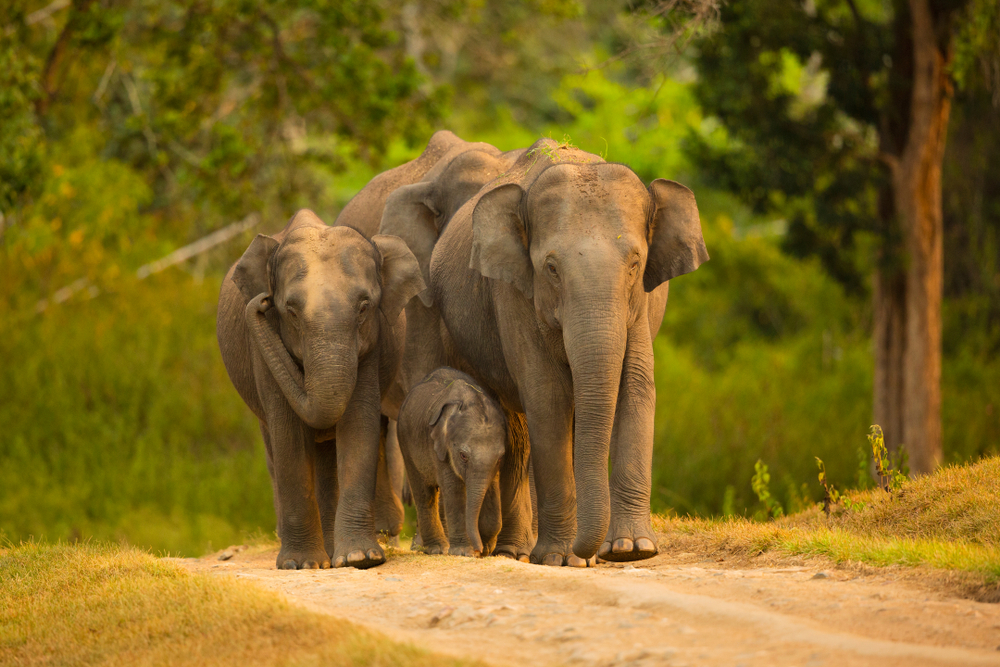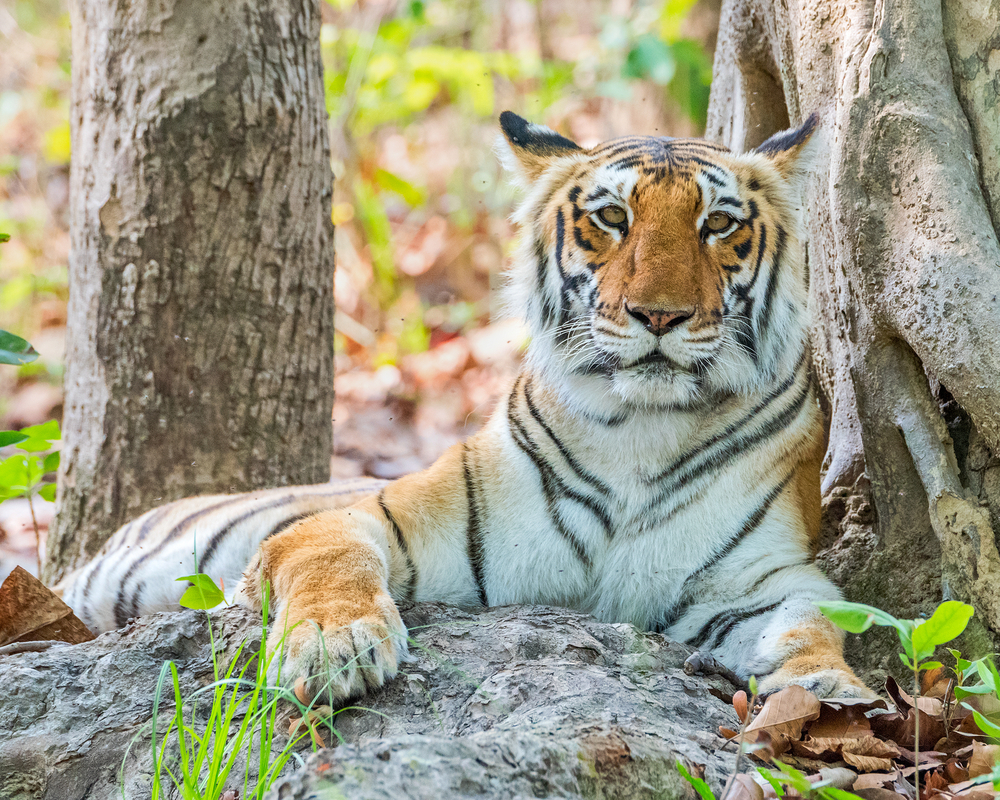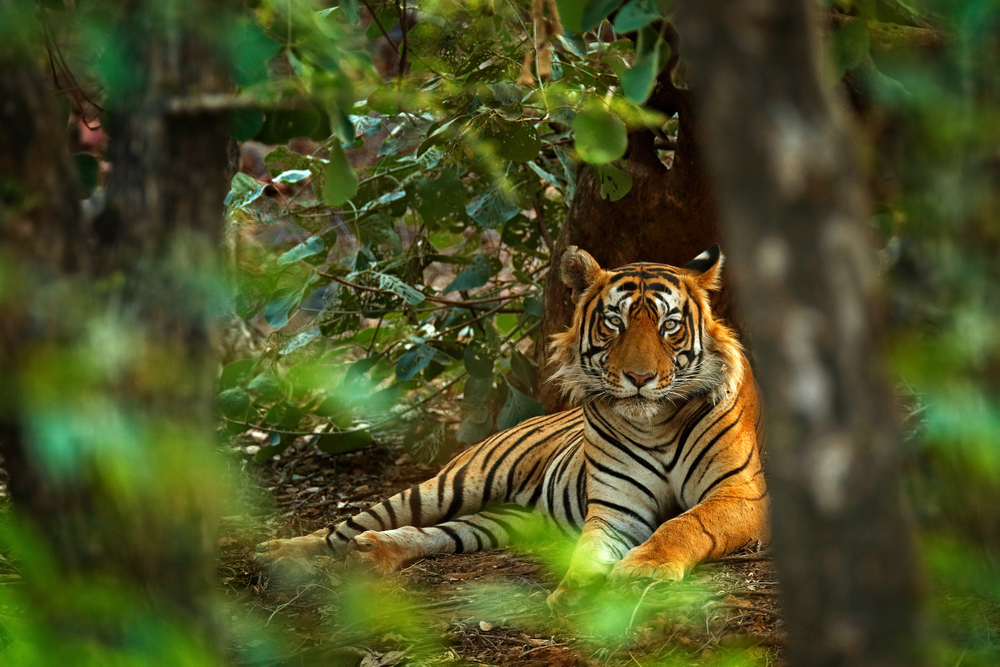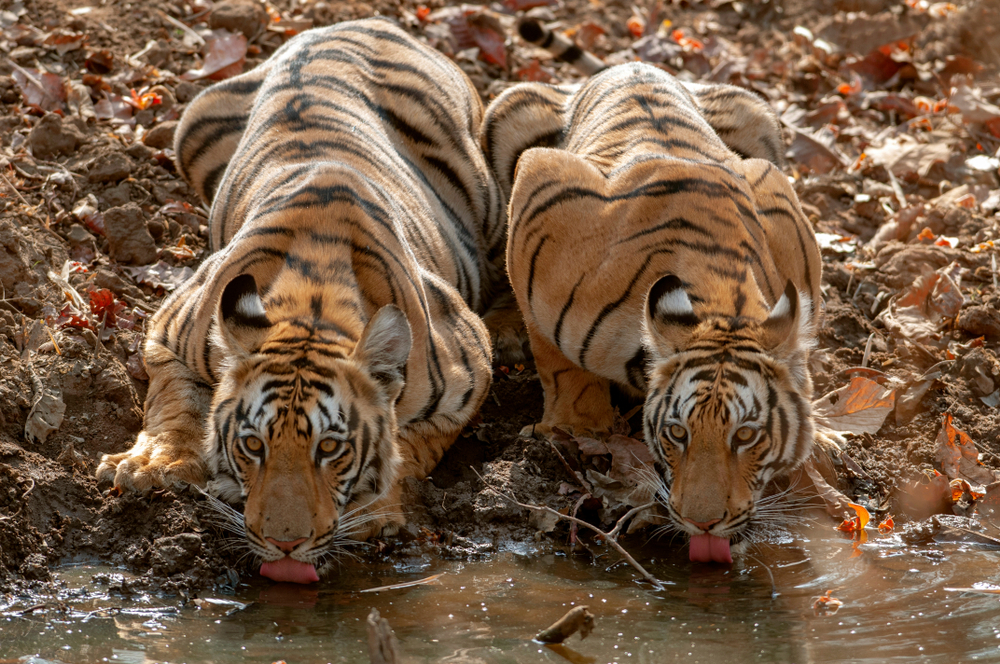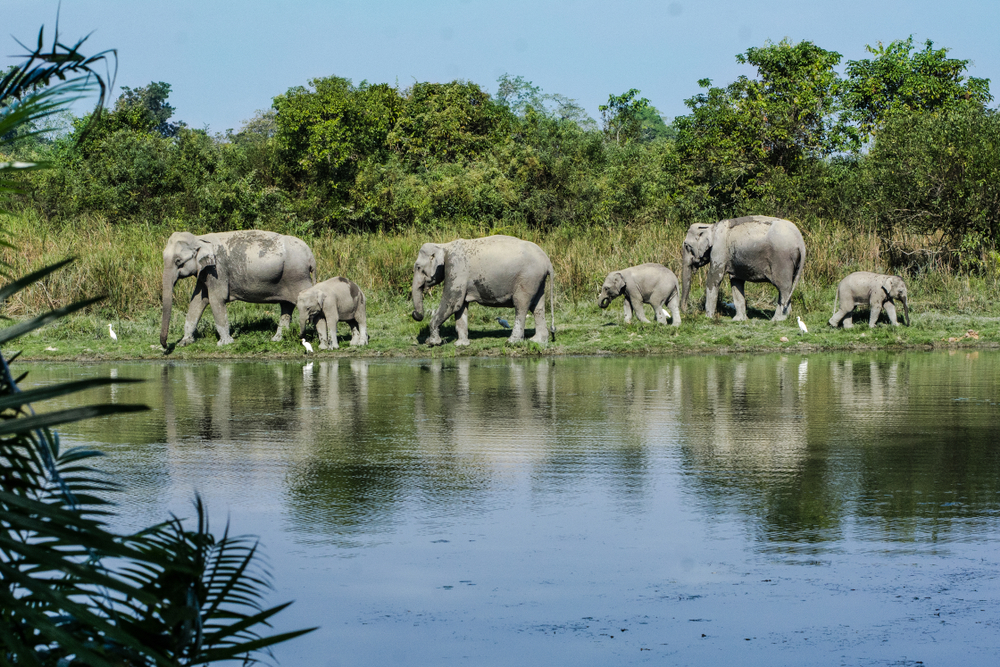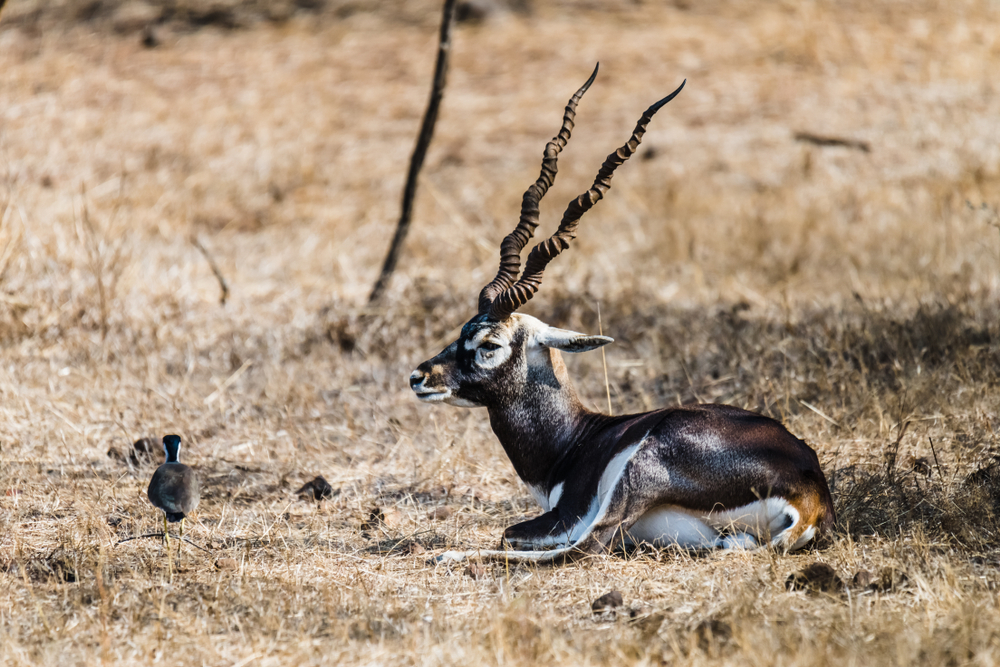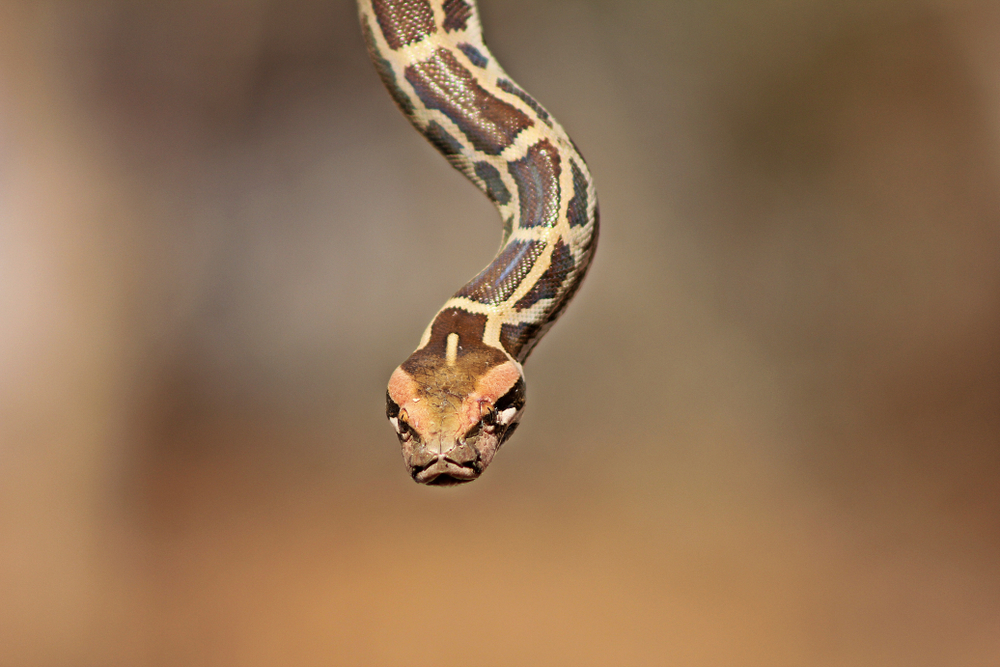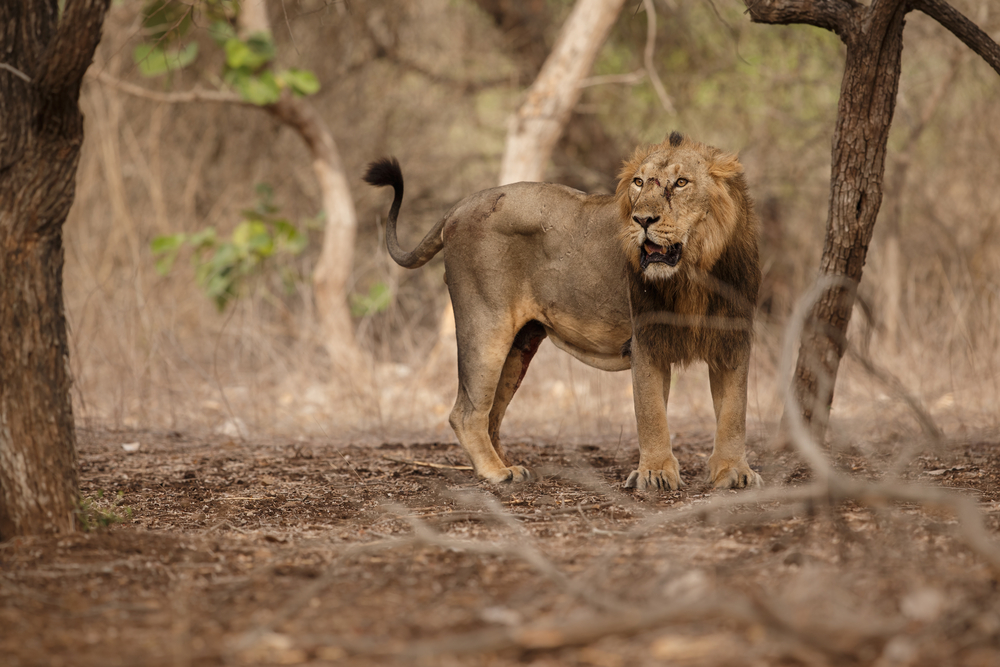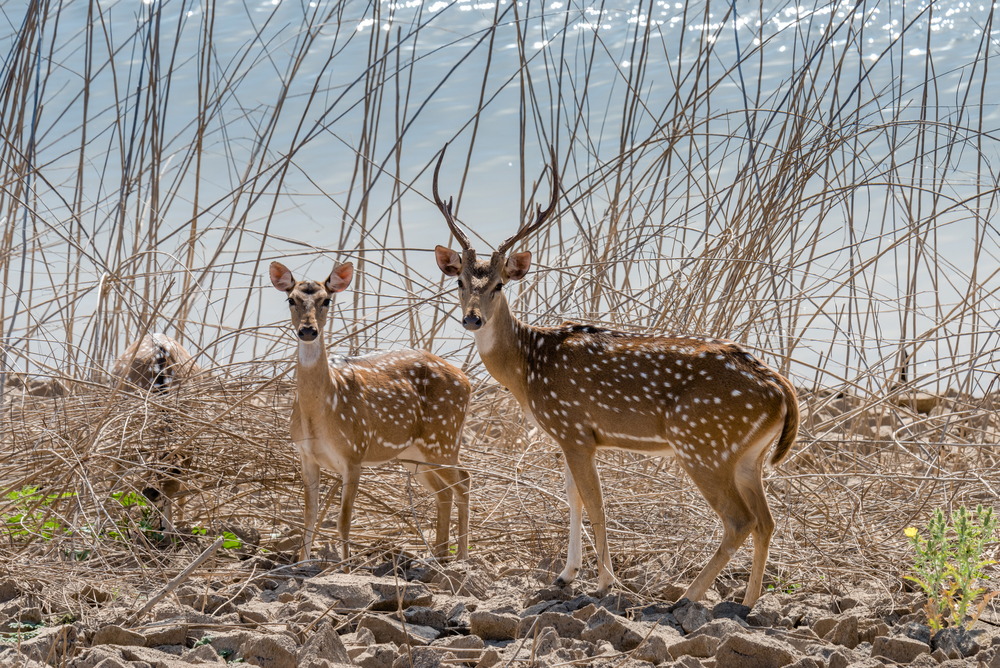Popular
Gir National Park is not only a haven for predators but also hosts a diverse range of other wildlife species, each contributing to the park’s rich biodiversity.
Sambar Deer
As the largest Indian deer, Sambar Deer are crucial for the ecosystem, providing prey for the Asiatic lion and supporting the food web dynamics.
Nilgai (Blue Bull)
The Nilgai, India’s largest antelope, showcases the adaptability of ungulates in Gir, with its striking blue-grey coat and contrasting white spots.
Chital (Spotted Deer)
Graceful and alert, Chital are abundant in Gir, their herds forming a vital part of the diet for the park’s top predators.
Chinkara (Indian Gazelle)
The elegant Chinkara, with its slender build and swift movements, thrives in the open grasslands, demonstrating the park’s habitat diversity.
Wild Boar
Omnivorous and adaptable, Wild Boars impact the forest floor through their rooting behavior, contributing to seed dispersal and the ecological balance.
Indian Porcupine
With its sharp quills, the Indian Porcupine is a nocturnal creature, feeding on tubers, bark, and fruits, playing a role in vegetation control.
Blackbuck
The swift and majestic Blackbuck, with its spiraled horns and distinctive coloring, is a conservation success, symbolizing the restoration efforts in India’s grasslands.
Four-horned Antelope
Unique for its four horns, this shy and elusive antelope navigates Gir’s underbrush, showcasing the biodiversity within the park’s ecosystems.
Hanuman Langur
These social primates are a common sight in Gir, aiding in seed dispersal and serving as an early warning system for the presence of predators.
Indian Peafowl
The national bird of India, Peafowls add a splash of color and elegance to Gir, their calls echoing through the park’s landscapes.
Gir National Park’s diverse wildlife, from the stately Sambar Deer to the vibrant Indian Peafowl, highlights the ecological richness and conservation importance of this unique habitat.








































































